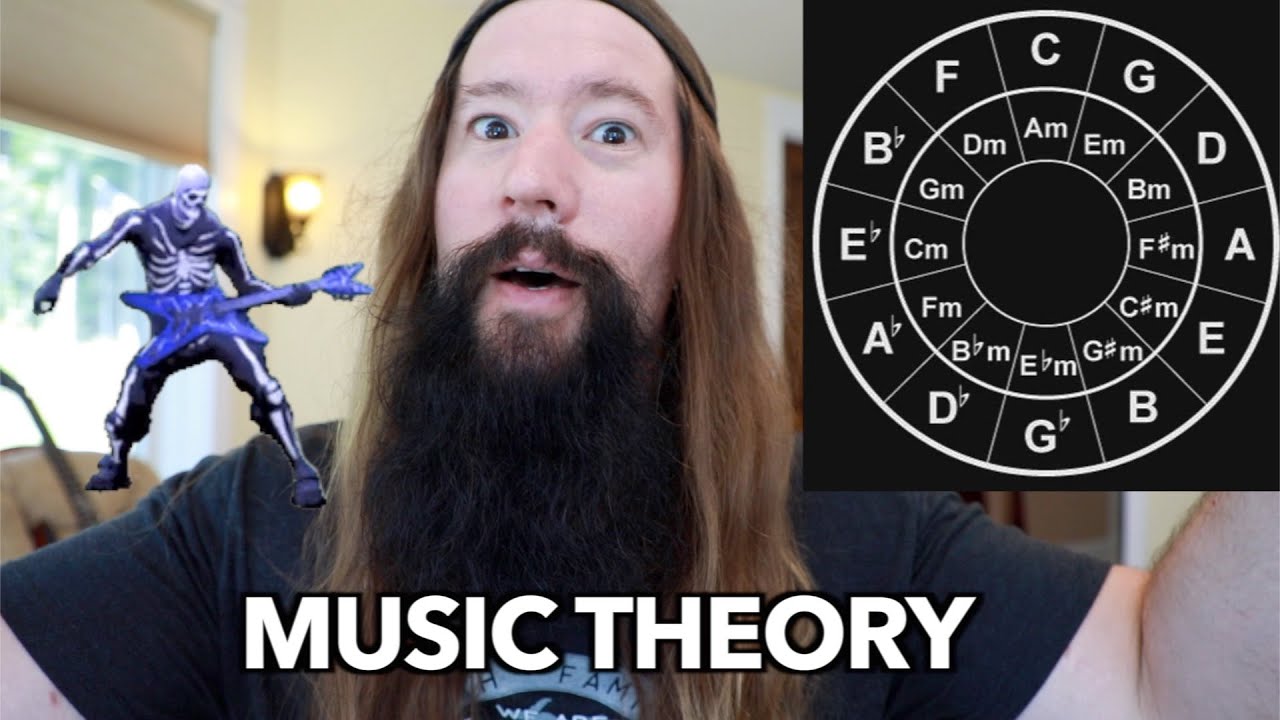Teori Akord Dasar | Pengertian dan Jenisnya
Summary
TLDRIn this video, the presenter explains the concept of chords (or 'akor') in music, breaking down the differences between major, minor, diminished, and augmented chords. The video focuses on understanding the intervals between notes that define each chord type and how these can be applied to instruments like keyboards. With clear examples and a detailed explanation of how to construct each chord, the video is aimed at helping viewers grasp the fundamentals of chord theory and how to apply it in practice. Additionally, the presenter touches on the distinction between 'kunci' (key) and 'akor' (chord).
Takeaways
- 😀 Chords (Akor) are combinations of at least three notes played together.
- 😀 There is a distinction between chords and keys, which will be explained in future videos.
- 😀 Major chords are built with the formula: root note + major third + perfect fifth.
- 😀 Minor chords have a different formula: root note + minor third + perfect fifth.
- 😀 Diminished chords have the formula: root note + minor third + diminished fifth.
- 😀 Augmented chords are built with the formula: root note + major third + augmented fifth.
- 😀 The C major chord consists of C, E, and G, with the notes played together to create harmony.
- 😀 Chord types can be further expanded with variations like Cmaj7, Em7, and others.
- 😀 The basic scales (e.g., C major scale) are essential for understanding chord structures.
- 😀 Mastering basic chord formulas (major, minor, diminished, augmented) is key to playing and understanding music theory.
Q & A
What is an 'Akor' or 'Chord' in music?
-An 'Akor' (or 'Chord') in music is a combination of three or more notes played together simultaneously. It is the fundamental building block of harmony in music.
What is the difference between 'Akor' and 'Kunci' in music?
-While 'Akor' refers to a chord that consists of multiple notes, 'Kunci' (commonly referred to as a 'key') is a term that can be used more generally to describe the tonal center of a piece of music. The two terms are often used interchangeably, but they have different musical functions.
What are the four basic types of chords mentioned in the video?
-The four basic types of chords mentioned are Major, Minor, Diminished, and Augmented chords.
What is the formula for constructing a Major chord?
-A Major chord is constructed using a root note, a major third interval (two whole steps), and a perfect fifth interval (three and a half steps).
Can you provide an example of a Major chord?
-For example, a C Major chord consists of the notes C (root), E (major third), and G (perfect fifth).
What is the formula for constructing a Minor chord?
-A Minor chord is constructed using a root note, a minor third interval (one and a half steps), and a perfect fifth interval (three and a half steps).
What is the difference between a Major and Minor chord?
-The main difference between a Major and Minor chord is the third interval. In a Major chord, the third is a major third (two whole steps), while in a Minor chord, the third is a minor third (one and a half steps).
What is a Diminished chord and how is it constructed?
-A Diminished chord is a chord that consists of a root note, a minor third interval, and a diminished fifth interval (two whole steps and a half step). It has a darker and more tense sound compared to other chord types.
What is an Augmented chord?
-An Augmented chord is made up of a root note, a major third interval, and an augmented fifth interval (four half-steps). This chord creates a unique, unstable sound often used for tension.
Why is it important to learn the intervals between notes when constructing chords?
-Learning the intervals between notes is essential for constructing chords accurately and understanding how different chords function in music. It allows musicians to form a variety of chords and apply them to various musical contexts.
Outlines

This section is available to paid users only. Please upgrade to access this part.
Upgrade NowMindmap

This section is available to paid users only. Please upgrade to access this part.
Upgrade NowKeywords

This section is available to paid users only. Please upgrade to access this part.
Upgrade NowHighlights

This section is available to paid users only. Please upgrade to access this part.
Upgrade NowTranscripts

This section is available to paid users only. Please upgrade to access this part.
Upgrade Now5.0 / 5 (0 votes)





